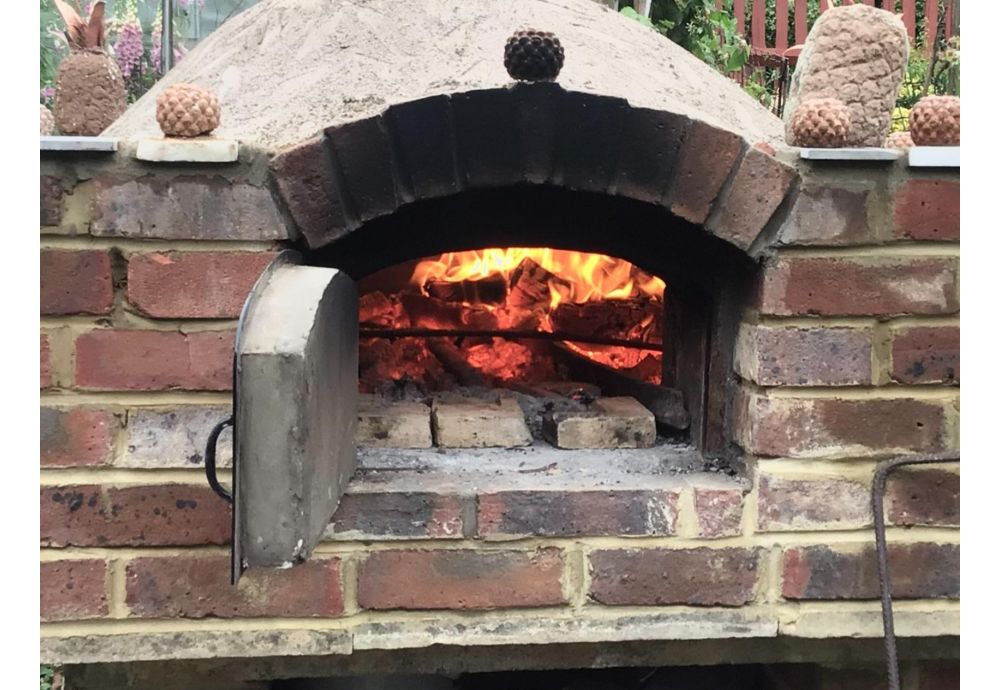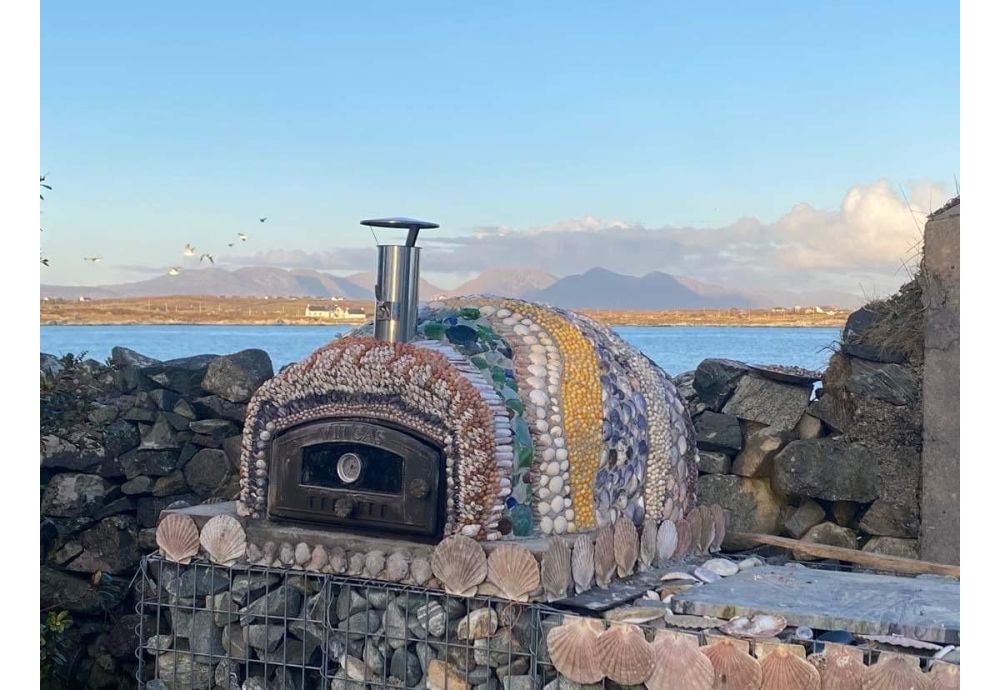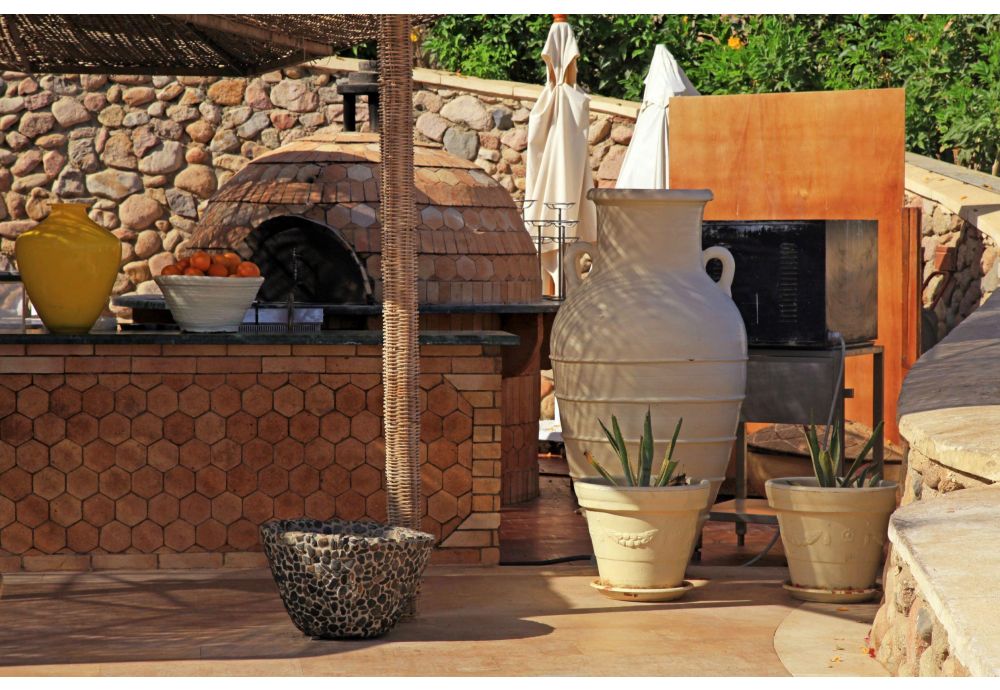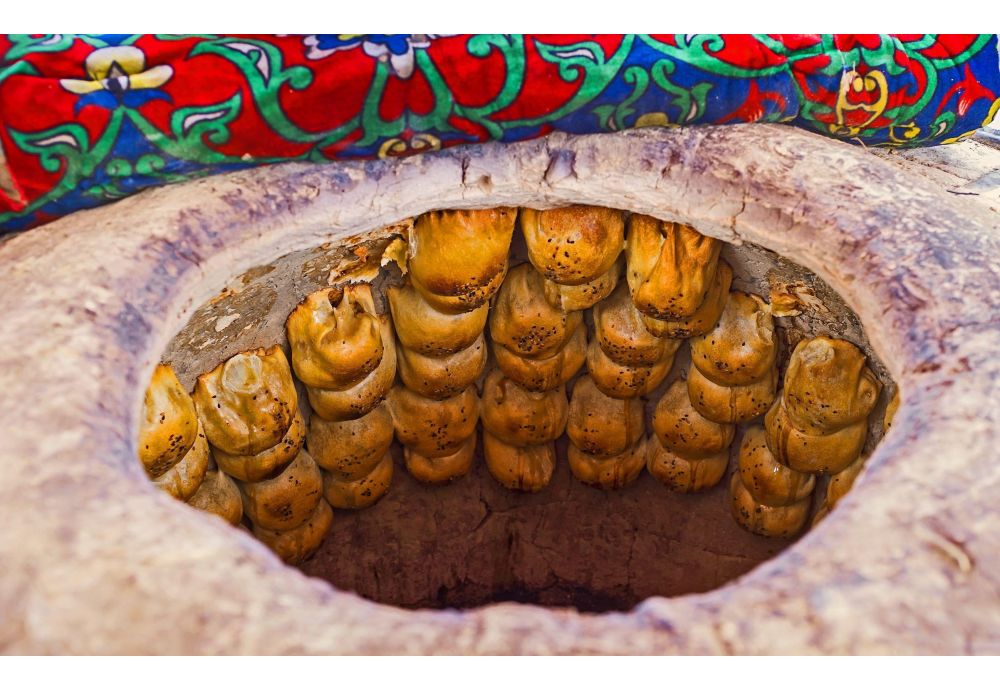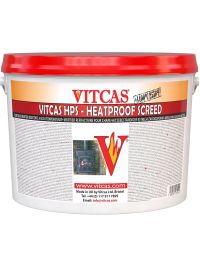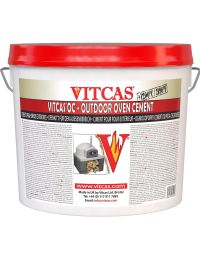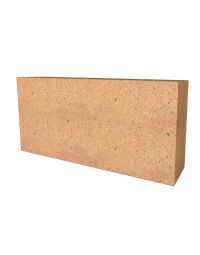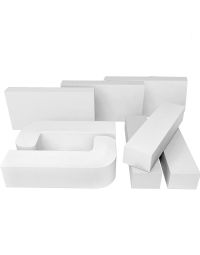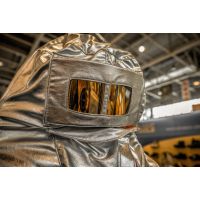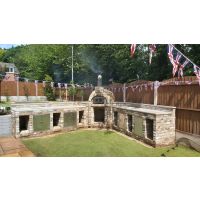You can now effectively get a comfortable place outside with the correct heating system in your back garden. Regardless of whether you are hoping to hang out around a snapping fire or a great spot to cook your hot dogs, a chiminea or a fire pit will be the ideal choice for you. Both chimineas and firepits are great solutions to providing a focal point in your garden. However, it is significant that you become more acquainted with the contrast between a chiminea and a wood burning fire pit before you get one. You need to become more acquainted with chiminea versus fire pit to understand what turns out best for you and suits your planned reason.
What Is the Core Difference Between a Chiminea and Fire Pit?
The design of both options varies significantly. For instance, a chiminea is more similar to a container. It serves as an enclosed fire bowl that makes up a fireplace by remaining in a vertical position with a diameter of 24 inches. On the other hand, a fire pit has no stack joined to it. Instead, it is an open-design bowl and is appropriate for bigger spaces. Fire pits of any material are made to be more durable and have less maintenance in the long term. Aside from the core differences in basic design, the two options contrast in various ways as well.
- Wind: On account of the chiminea, the wind goes about as protection between big and small fire and wind blasts. On the other hand, a fire pit has no power over ashes and flashes.
- Smoke: The stack keeps the porch unaffected by any smoke. However, an open fire pit makes the deck smoky. The smoke tends to stream toward any path.
- Heat: The chiminea turns hot, relying upon the surface material of the chimney. A fire pit heat is limited to a specific zone. It ingests heat generally.
- Log Size: A chiminea permits small logs to enter through a small passage without much of a stretch. A fire pit has a more extensive opening, and it effectively fits in bigger logs.
- Security: A chiminea is considered to offer a higher level of safety than an open fire pit.
- Use: A chiminea is ideal for cold and hot months due to its versatility. However, an open fire pit is more suitable for cold months.
What is a Chiminea?
The word “chiminea” comes from the Spanish word for a chimney. Chimineas are intended to be unattached stove-type structures with an opening in the front used for cooking or as a patio heater. This opening is for stacking fuel into the round base area. Joined to this is a vertical stack that permits smoke to go upward.
Chiminea fuel is normally kindling. Be that as it may, it's not prudent to utilize compressed wood in a chiminea in contrast to a chimney. Different fuels, for example, coal and ethanol, can likewise be utilized in a chiminea. In any case, you must pick the fuel generally appropriate for the chiminea you have.
The chiminea is an unsupported chimney with a vertical smokestack. The chiminea has advanced into various shapes and sizes throughout the years, depending upon various household needs. Nonetheless, they are by and large bulbous. Chimineas have gotten well known as of late. It follows its inceptions back to Spain and Mexico, where they were valuable in cooking and warming during the different seasons of the year.
The design of the chiminea keeps downpour and fire from influencing your fire. This design additionally guarantees you get the greatest warmth from the chiminea as well as fuel efficiency. They are likewise very protected as they encase the fire inside and protect it from any wind gusts or external factors.
You don't need to stress over smoke as a beautifully-designed chiminea coordinates smoke through the vertical chimney stack, allowing it to leave without filling up the environment. Moreover, it attracts sufficient air for the complete ignition of the fuel you use.
What Are the Different Types of Chimineas Available?
As referenced above, chimineas arrive in a wide scope of shapes and sizes. The materials used to make them are almost always the same. There are three fundamental kinds of chimineas. They are solid metal, steel, and clay. While choosing a chiminea model, whenever you have chosen your favored material, think about the following things:
- What sort of fuel do you intend to utilize?
- What is the size of your porch?
- Do you mean to utilize it for cooking or heating the space?
- Do you have kids and pets?
- Do you intend to move the chiminea around your porch?
Cast-Iron Chimineas
A cast-iron chiminea is reasonable for use if you need to create high temperatures. It is heavy, so you cannot move it around. The cast-iron external shell keeps up the heat for a long period. So, it is ideal for warming an enormous region.
This sort of chiminea is flexible and usable for both cooking and warming up a place. A bigger chiminea is best on the off chance that you cook routinely. You can fry your eggs and cook hotdogs with this chiminea. Then again, a bigger chiminea saves you a ton of fuel contrasted with a more modest one. You can utilize wood, coal, or charcoal as your fuel.
The drawback to utilizing a cast-iron chiminea is the defenselessness to rust. However, you can shield it from rust by covering it and painting any uncovered spot. It is ideal in the event that you have a huge place you need to warm, cook routinely, and need to utilize it in various situations in your deck.
Steel Chimineas
The steel chiminea is reasonable on the off chance that you cook routinely, move it around frequently, utilize an alternate sort of fuel, and require less upkeep. A steel chiminea is a lot lighter in contrast with a cast-iron chiminea. It is not difficult to keep up and less inclined to rust. It is appropriate for an enormous deck since it doesn't create a lot of warmth like a cast-iron chiminea.
With regards to fuel utilization, steel chiminea isn't exceptionally productive. Besides, it isn't harmless to the ecosystem. You can utilize various sorts of fuel for your customary cooking. This is an ideal adaptation of an outside stove that you can use to heat up a pot with a hot plate. It doesn't create a lot of heat like a cast-iron chiminea.
Clay Chimineas
Clay is the first material utilized in making conventional chimineas. The best dirt chiminea comes with a wide mouth to attract more air and create a powerful and long-lasting fire. They likewise come in conventional designs that add an individual touch to their style.
You can utilize any fuel with it, such as charcoal, garden waste, or wood. Nonetheless, such clay chimineas can't withstand high temperatures that may wind up, causing breaking on the outer shell.
Such clay options are especially helpful on the off chance that you have youngsters or pets since the outer shell doesn't get perilously hot. In the event that you cook consistently, this isn’t the right option for you. You can use a protective cover to forestall the clay chiminea from breaking apart due to frequent usage or rain.
What Are the Pros and Cons of Chimineas?
Here are the pros and cons of chimineas:
|
Pros |
Cons |
|
Contained Fire |
Heat is only visible from the open side |
|
Ideal for BBQ |
Smaller |
|
Produce Immense Heat |
Expensive |
|
Smoke goes directly up the vent |
Can Tip Over |
|
Welcoming Designs |
Hot Exterior Shells |
|
Easier to Use |
Harder to Maintain |
Why Should You Get a Chiminea?
Chimineas are incredible for individuals searching for something extraordinary and practical for their lawn gardens. Chimineas are adaptable and conceivable for cooking and warming up the patio, deck, or other zones. They are furthermore safe to use since they contain the flares inside their bulbous casing. Contingent upon your requirements, you can choose a material that coordinates with your necessities. They are additionally appropriate for warming an enormous porch in any event when the fire goes out.
What Do You Need to Know About Fire Pits?
The fire pit is an open compartment that looks like a bowl on a stand. It looks like a fire pit limited on the base and sides yet open at the top. Fire pits don't have a stack to coordinate smoke while it consumes the fuel. So, the smoke can easily fill up the surrounding regions, unlike a chiminea.
Fire pits can be made by creating pits in the ground or produced using metal. Fire pits allow the homeowners to fabricate huge flames on account of its open plan. The limited base design contains the fire in any case and keeps it from spreading out to the surrounding areas.
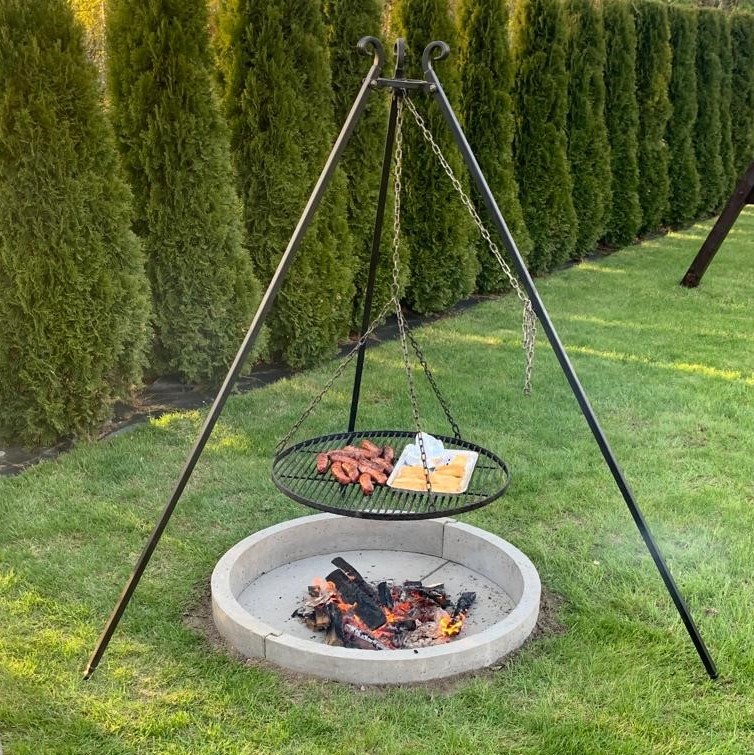
Read also: How to build a fire pit using fire bricks?
What Are the Different Types of Fire Pits?
Fire pits furnish a camp-like style and design with the help of their open-air design. They offer comfort, warmth, and amazing addition to your beautiful home. You can choose four distinct kinds of fire pits relying upon the fuel they use.
Gel Fuel Fire Pits
You can use gel fuel with these fire pits. This fuel is harmless to the ecosystem and doesn't produce any smoke, so you will not worry about harming the surrounding regions. Nonetheless, they don't deliver a lot of warmth as different kinds of fire pits. They are adaptable, and you can put them any place you like on your back lawn. They are not difficult to light and top off with the gel fuel. The fire goes out when the fuel drains in the fire pit.
Wood-Consuming Fire Pits
Wood-consuming fire pits look like traditional campfire pits since they use wooden logs. They produce a lot of smoke, give off high levels of heat, and a mindset you get in a camp. The restrictions around the base guarantee that these pits are protected, and the fire doesn't spread to other regions other than the pit.
The legs hoist them and keep your porch protected from scorching with wood. Such wood-consuming fire pits are primarily made from steel, and these come in various sizes and styles. Picking fire pits with various enriching plans adds to the beauty of your small or large garden and home. These fire pits are feasible to put anyplace in your back lawn, offering an amazing place for an ideal evening.
Natural Gas Fire Pits
Such fire pits only make sense on the off chance that you are equipped for introducing natural gas in your backyard. They take after propane fire pits yet with a lasting underground gas line connection. The disadvantage to a gas fire pit is that you can't move them once you set them up. They are anyway cheaper than other options and don't need a ton of support.
Propane Fire Pits
This fire pit offers more accommodation and permits you to get the best fire. They are bigger contrasted with other options. The fire ascends underneath the stones or glass, making the fire pit. They are not difficult to ignite using the right fuel. They have a wide scope of usage and are feasible to put anywhere you like in your backyard.
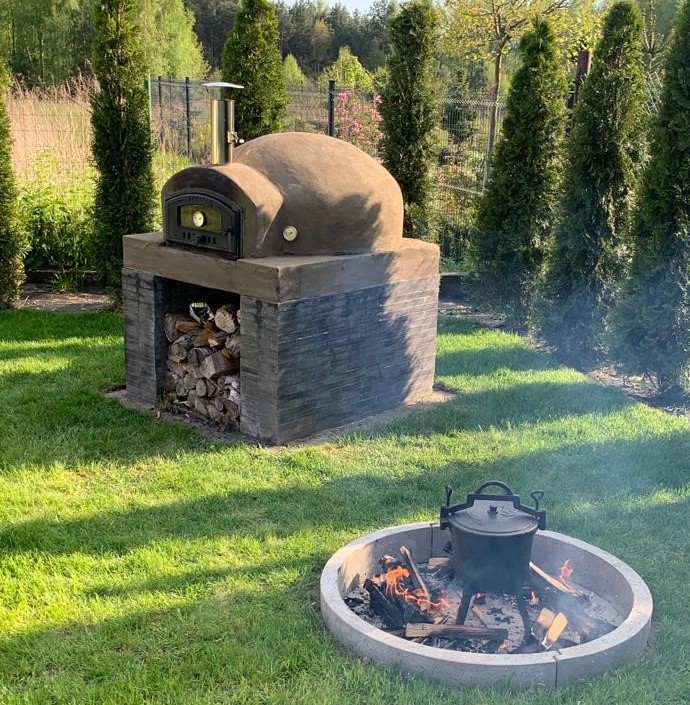
What Are the Pros and Cons of Fire Pits?
Here are the pros and cons of fire pits:
|
Pros |
Cons |
|
Radiating Heat on All Sides |
Smoke Can Fill Up the Surroundings |
|
Ideal for Regular Logs |
Cleaning Up is Hard |
|
Immense Heat Production |
Various Safety Concerns Due to Open Design |
|
Campfire-like Atmosphere |
Rustic Appeal |
|
Affordable |
Need the Right Kindling |
Why Should You Get a Fire Pit?
There are various reasons why you ought to get a fire pit for your home. They add style, warmth, and convenience to your backyard. They also permit you to control the experience by choosing the degree of heat you need. You can easily create a beautiful environment with fire pits. Fire pits make different gatherings and other occasional social affairs very extraordinary as everyone can appreciate the environment they create.
In our shop you will find a fine fire pit bricks and materials which can be used to build a quiet place to rest in your backyard.
How Do Chimineas and Fire Pits Compare?
Here are some crucial factors that will draw out an understandable comparison between the two options. These will also help you decide which one is ideal for your home.
The Safety Factor
Chimineas are hot to the touch and stay warm even when you have put out the fire. Furthermore, since the chiminea isn't open on all sides, it's conceivable that those on the opposite side will not realize that it's burning. Since they are detached and regularly very tall, they can easily fall over and burn the ground.
Fire pits are ordinarily more open and accordingly have diverse security concerns. You need to get a screen in case you're worried about flying debris. Moreover, if your fire pit is raised, tripping hazards around the borders can be dangerous. Safety is critical with an open fire. One of the greater drawbacks of a fire pit is that smoke and debris can easily engulf the surrounding regions.
The Convenience Factor
Chimineas are moderately simple to use. You should set it up for use before lighting any flames on the off chance that you buy a clay chiminea. Likewise, you may need to put sand or rock at the lower part of the chiminea just as blocks to hold up your fire. After that, it will just a short time before you appreciate a warm fire as long as the chiminea is ready to burn.
Fire pits are also amazingly simple to utilize. There is little prep other than ensuring you have the correct fuel. You'll have to stack up on kindling and light it. You can also get different accessories for your fire pits that can make it simpler to work and offer a more pleasant experience. Diy fire pits are also straightforward to construct.
The Clean-up Factor
Chimineas ought to be purged of debris to keep them working efficiently. You can physically eliminate the debris by scooping it out. This can be intensely relying upon how large the entrance is to the center of the chiminea. Another methodology is to utilize a leaf blower or something that blows air to scatter the debris up through the chiminea.
Fire pits are a lot simpler to clean than chimineas. This is because they're generally open pits, and it's not difficult to eliminate the debris. In case you have an unattached fire pit, you can take it with you and dump the debris any place you wish.
What Do We Have to Say?
Chimineas and fire pits are amazing options to liven up your home and backyard. However, there are some major and defining differences between the two that make them ideal for different situations and uses. Both options are ideal for warming up the place and gives off pleasant heat on colder days. However, if you regularly cook food, chimineas will offer a better deal than fire pits. In contrast, if you want a more serene environment, fire pits are the way to go. The final choice depends upon your preferences, wants, and intended purposes.







